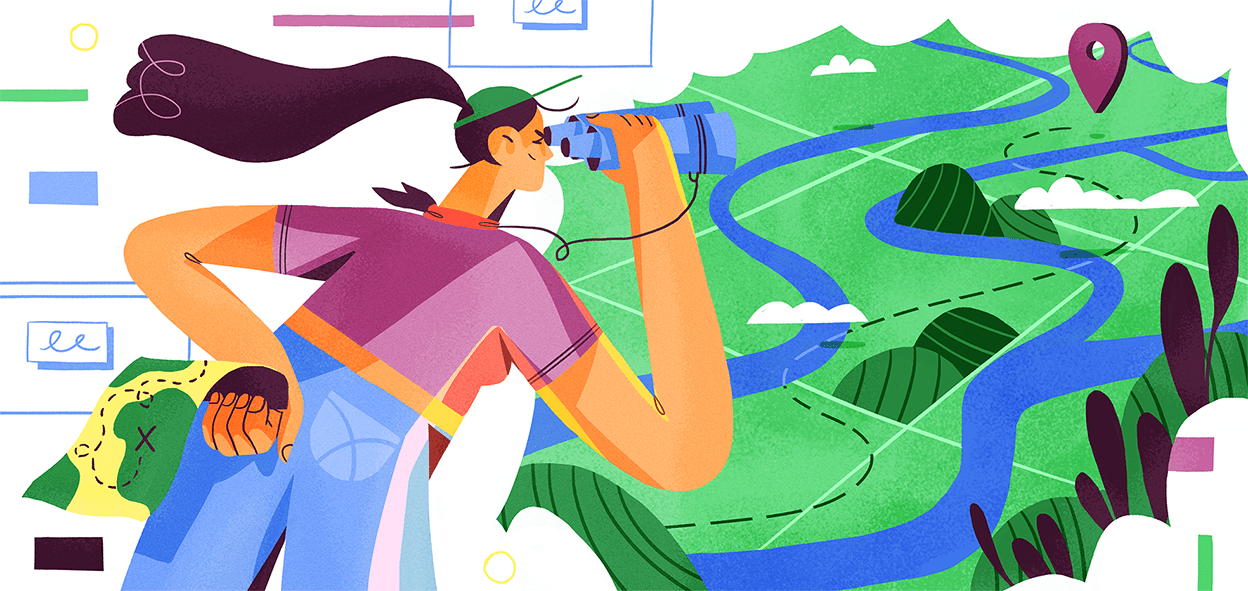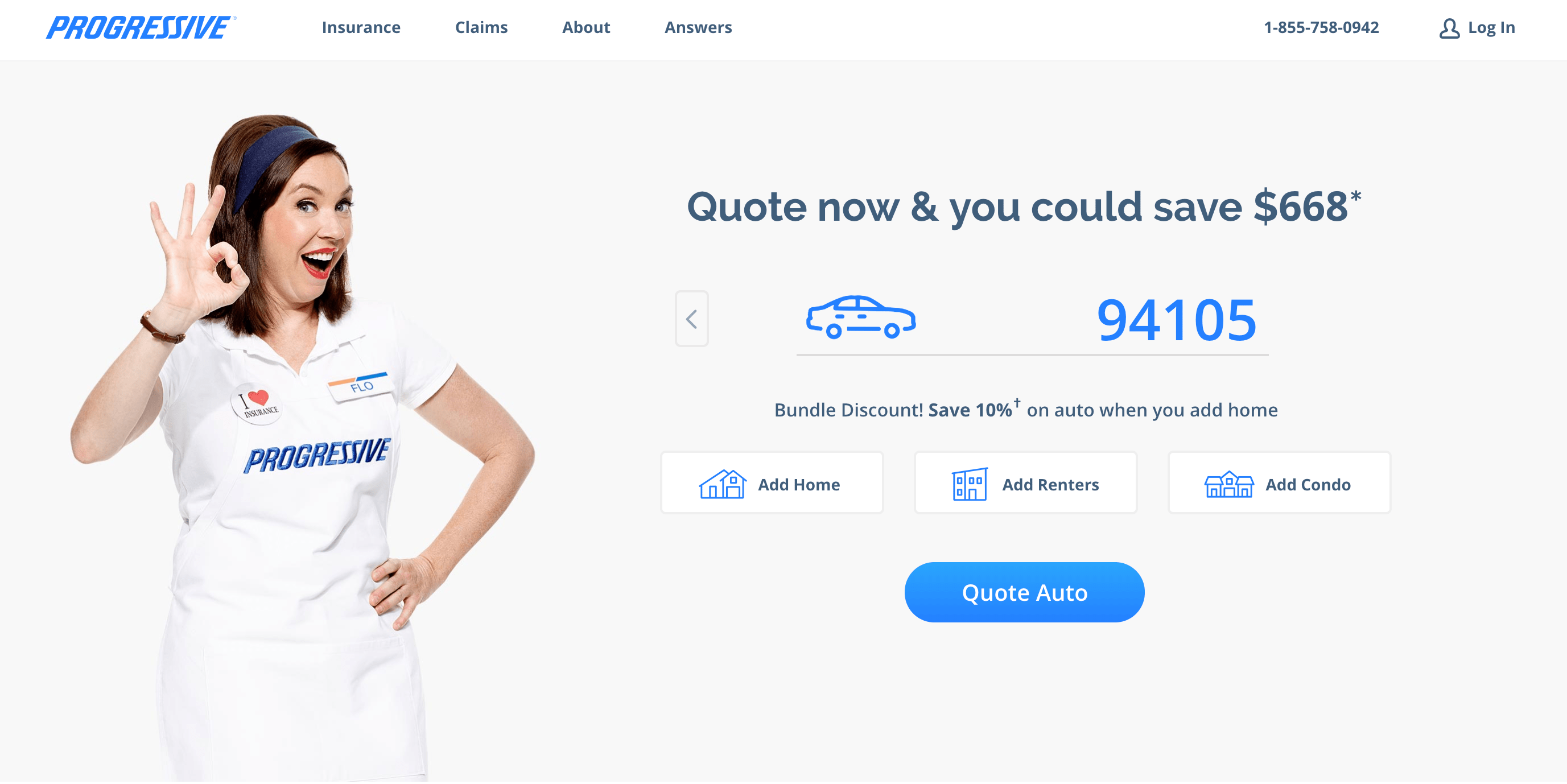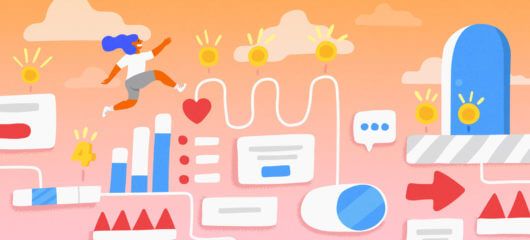
How to retain more users with value-based onboarding
Main illustration: Diana Stoyanova
Brand new users aren’t committed to your product when they first sign up. They’re just trying it out.
A great first use experience has to prove to these new and uncertain customers that your product will actually make their lives better. It’s not surprising that onboarding flows focused on demonstrating all the features of a product become leaky buckets as new customers quickly lose interest.
The solution is to build your onboarding experience around user value and drive new customers to an ‘aha’ moment, not a tour through product features. Here’s how to do that.
Step 1: Identify the job that new users hire your product to do
Great onboarding starts with a clear understanding of why customers are buying your product. At Intercom, we use the Job-to-be-Done (JTBD) framework to understand the value our customers seek to get out of a product. JTBD highlights how customers buy a product to solve a problem, not for the product itself.
For example, when customers buy a Snickers bar, the job they want the chocolate bar to do is stave off hunger and power them through the day. This is different from other chocolate bars, which deliver on an escapism and enjoyment job. A good first use experience for a Snickers would be providing the buyer a feeling of energy and fullness. These reasons that customers buy your product should be the foundation for your new user onboarding experience.
 The job-to-be-done of a Snickers bar is to provide energy and sustenance, hence the tagline, “You’re Not You When You’re Hungry”
The job-to-be-done of a Snickers bar is to provide energy and sustenance, hence the tagline, “You’re Not You When You’re Hungry”
Your product may do different jobs for different market segments. Onboarding should be tailored for each of these jobs. Box solves this issue by asking new users what they want to use the product for, and automatically tailoring onboarding to that use case. Box use a simple chooser to let users select the onboarding experience that they want
Box use a simple chooser to let users select the onboarding experience that they want
For complex products (such as business software), you’ll also need to identify the different jobs that the various stakeholders want to do to: sales may be focused on getting more leads, but marketing want an experience that fits with their brand.
Step 2: Identify the features that allow users to do the job they want to do
Once you’ve identified the jobs your new user wants to do, the next step is to identify the features in your product that deliver on that job. These are the features that new customers need to experience in order to realize the benefits of your product, and should be the focus of your first use experience. Showing customers how to find and use every feature is an important part of onboarding, but it’s best saved for later.

Step 3: Remove all non essential steps and find shortcuts to value
Once you’ve identified what value looks like, the next step is to find the shortest path to get new users there. For features that are key to delivering value, do everything you can to remove barriers for new users to experience them. This minimum viable onboarding flow will vary by customer segment and use case, so make sure you customize onboarding for each segment. A common way to do this is to remove configuration and set up steps using templates and presumptuous defaults.
If your product involves long or complicated installation or configuration steps that are unavoidable, find other ways to demonstrate how your product provides value. Even smaller ‘aha’ moments help motivate new users to continue through the process.
 Progressive, an insurance company, estimates how much a new customer might save as a shortcut to demonstrate value and motivate new customers through the long and complex application process
Progressive, an insurance company, estimates how much a new customer might save as a shortcut to demonstrate value and motivate new customers through the long and complex application process
Step 4. Frame your first use experience around the value users want to see
As new users move through onboarding, the flow, copy, and visual design should all show how the task a new user is being asked to do relates to the value that they hope to get. When you design your first-use experience around value, your onboarding flow will be based on features to do that job, rather than simply screens in your product.
Framing onboarding tasks around value provides motivation to get past the friction involved in filling out forms and choosing configuration options.
 Uber’s driver sign up flow motivates prospective drivers with surge pricing from an upcoming holiday
Uber’s driver sign up flow motivates prospective drivers with surge pricing from an upcoming holiday
Great onboarding leads to active, happy users
The goal of onboarding is to set prospective users on the path to being happy retained customers. The first step in this journey is to convince new users that your product will actually help them. A first use-experience built around the value your product provides makes it crystal clear to new customers how your product helps them, and provides motivation to complete the process. Achieving this is more work than the usual tour through the settings screen, but your customers will thank you for it.






